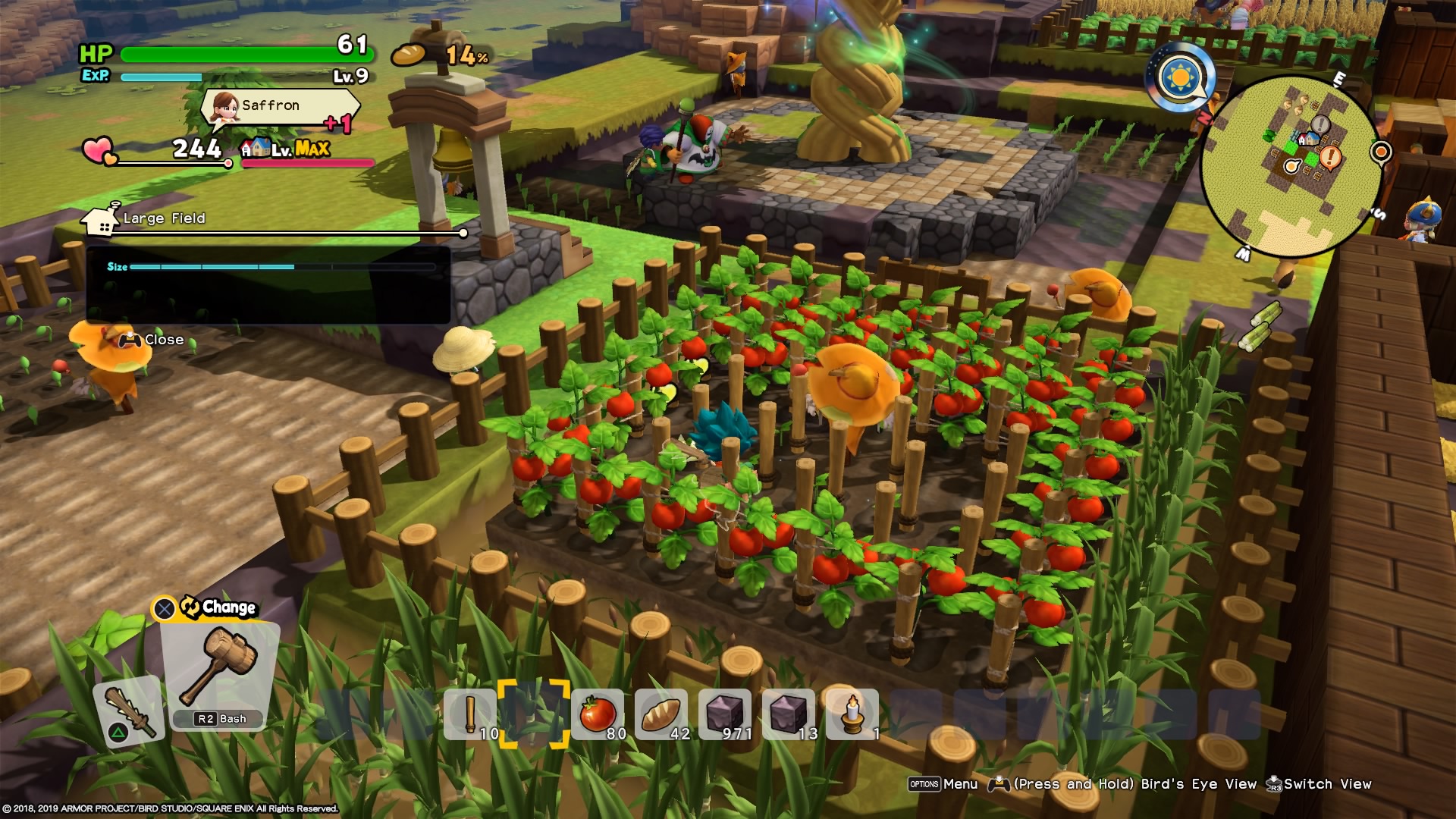
Description.Due to USDA regulations we can NOT ship this item to California.The Granny Smith apple is a sour apple that is known to get up to 3″ in diameter. The Granny Smith is a late harvester, well into November. Mature Height is 12-14 feet with mature width heights being 10-12 feet. Full Sun is preferred.
Cortland, Fuji, Gala, Honeycrisp, Red Delicious or Yellow Delicious varieties are good pollinators. Apple trees prefer deep, fertile, moist but well drained soil but will grow in clay, Loamy & Sandy soils. 400 hours of chill required.Root stock: Standard Domestic AppleZones 6-8Ships bare root.
Crisp and sweet, Granny Smith apples are excellent for cooking as well as crunching. The fruit is a lively green with pale dappling, and grows on a Granny Smith apple tree (Malus x domestica.
So You're Dreaming of Growing An Apple Tree Right Here In North Florida?If you're looking for an apple tree to grow in N FL, choices are a little limiting, but it can be done - successfully. The Anna Apple and the Golden Dorsett are the most popular ones that grow here.Typically, we think of apple trees as a cold climate tree. While it gets cold enough here most winters, our summers are so brutal, many small, young apple trees don't make it through their first or second summer unless they are appropriately pampered: apple trees do not like drought conditions, nor do they like wet feet.A 6-foot tall 7 gal size tree will have a much higher survival rate than a 5-foot tall 3 gal size tree simply because you'll be starting with much greater root mass. It's not about the height of the tree. It's about the caliper (diameter) of the trunk, and the size of the root ball.That said, if you really want to try your luck at growing apples, you will need at least 2 trees, for good pollination:Anna Apple & Golden Dorsett are a really good match.
We can also grow a few other varieties in Alachua County and to the north and west: especially zone 8b.Ein Sheimer (pollinates with the Anna & the Fuji), Fuji (pollinates with the Ein Sheimer & the Granny Smith), and of course, Granny Smith. Gala can also be paired with the Fuji.On a very mild winter, harvest will be light on the Fuji, Gala and Granny Smith varieties.Anna & Golden Dorsett are 150 chill hour varieties.Ein Shiemer requires a minimum of 250 chill hours.Fuji, Gala and Granny Smith require approximately 400-450 chill hours.
Elsa Sweet is a new variety, needing approximately 150 chill hours. Elsa Sweet is a delicious, new low chill apple variety for Florida orchards.
Found in a north Florida backyard more than 15 years ago, it is likely a descendant of a forgotten variety grown many years ago, that developed new survival adaptations better than the original.Elsa Sweet - named such because it can be used to cross pollinate the well known 'Anna' (remember the fairytale?) - is an extraordinarily sweet apple with very little acid. It is a medium to large sized apple with a yellow-green skin.
It ripens in mid to late June in Gainesville. Elsa Sweet is crispy, quite juicy and aromatic, and has a sweet yellow flesh that is firm and very rich in flavor.Tree growth on the Elsa Sweet is reasonably fast and quite vigorous - provided you pay attention to the 2 rules for growing apples below.The original tree is said to be growing in an isolated environment with no other apples nearby, so the Elsa Sweet is assumed to be self fertile until proven differently. It also cross-pollinates with both the Anna and the Golden Dorsett. So, yes, it can be done: You CAN grow apples here in zone 9:. Rule #1: Use our soil amendments formula liberally - a well-fed tree will be much hardier against the elements.
Every month is not too much for an apple! And if you do not have a layer of clay in your soil, be sure to use a little peat moss in the formula to help you with rule #2 (but don't overdue the peat moss):. Rule #2: Water your apple trees EVERY SINGLE DAY with slow drip irrigation (!) for most of Feb through Oct.
I can't stress this one enough: Apple trees are complete water hogs. While they must have good drainage, they need water every day - they don't like to dry out for long periods of time. The only time to skip the water is when we're having heavy rains, or the wintry days are so cloudy that nothing dries out: parts of June-July, and parts of Nov-Jan. Slow drip for 10-15 min is far more effective than drowning your tree with a hose for 2 minutes.
